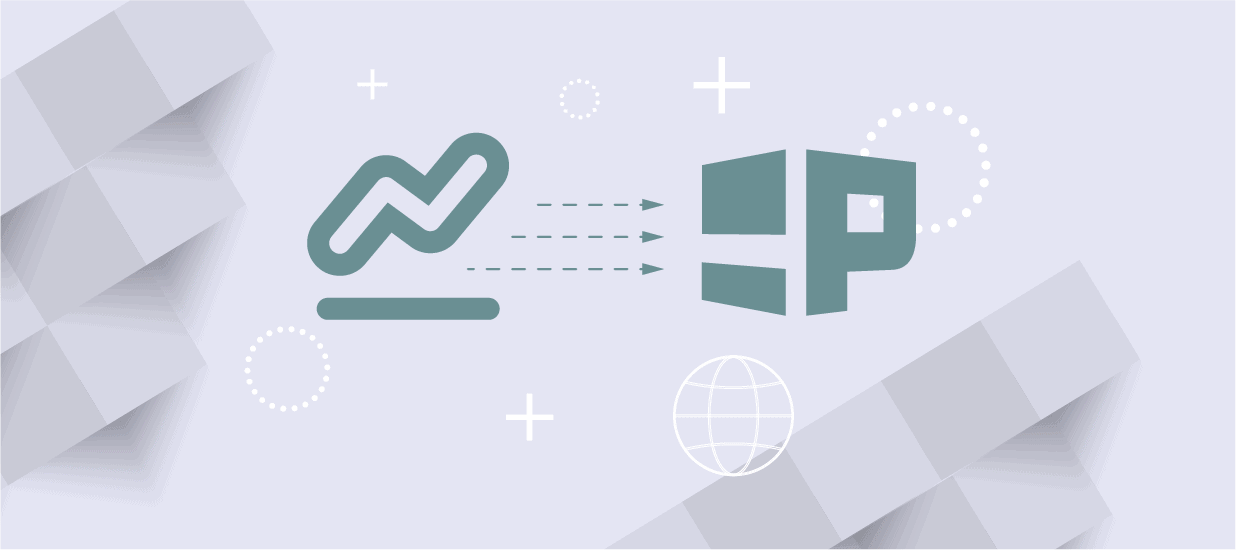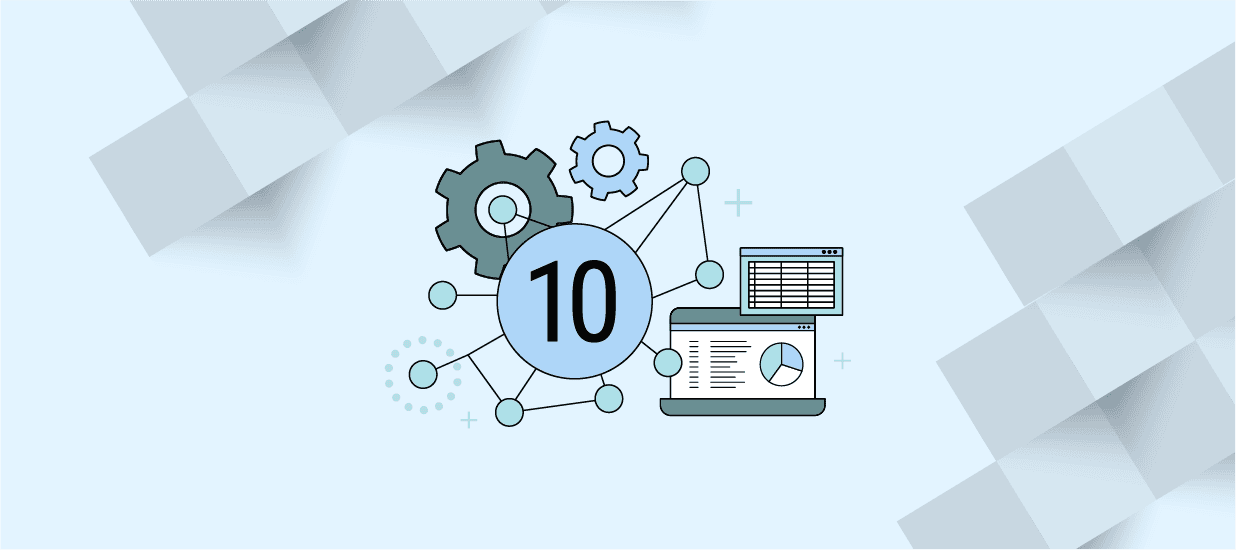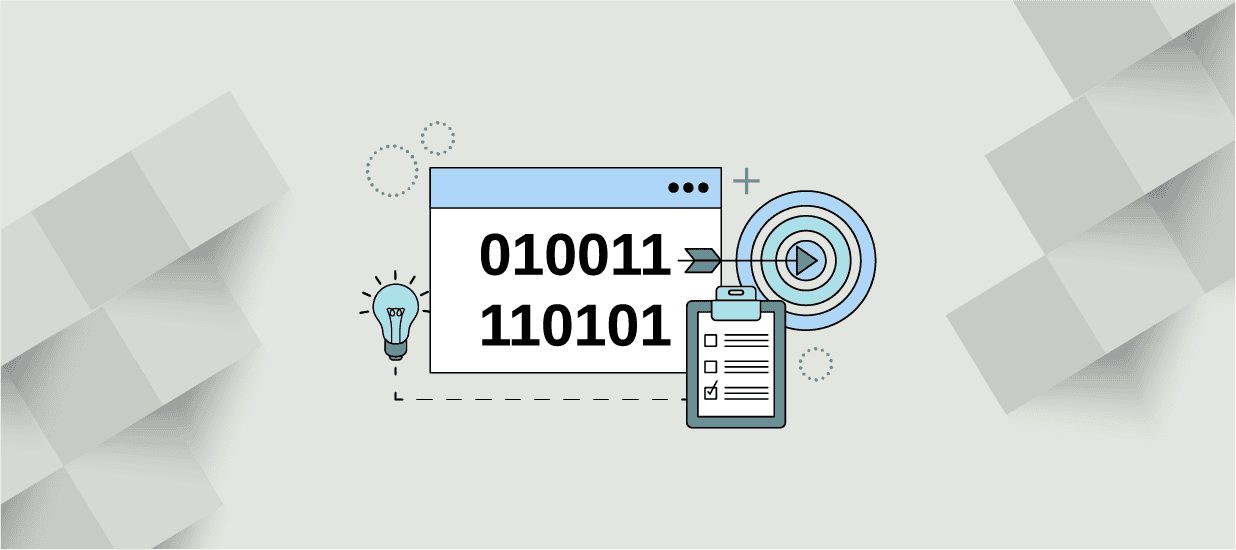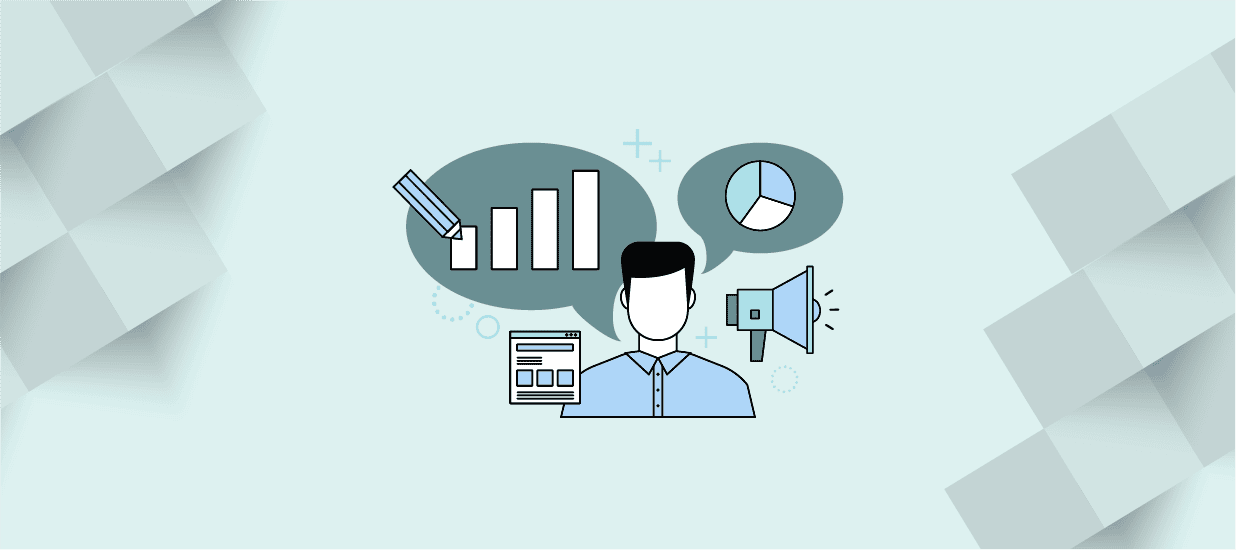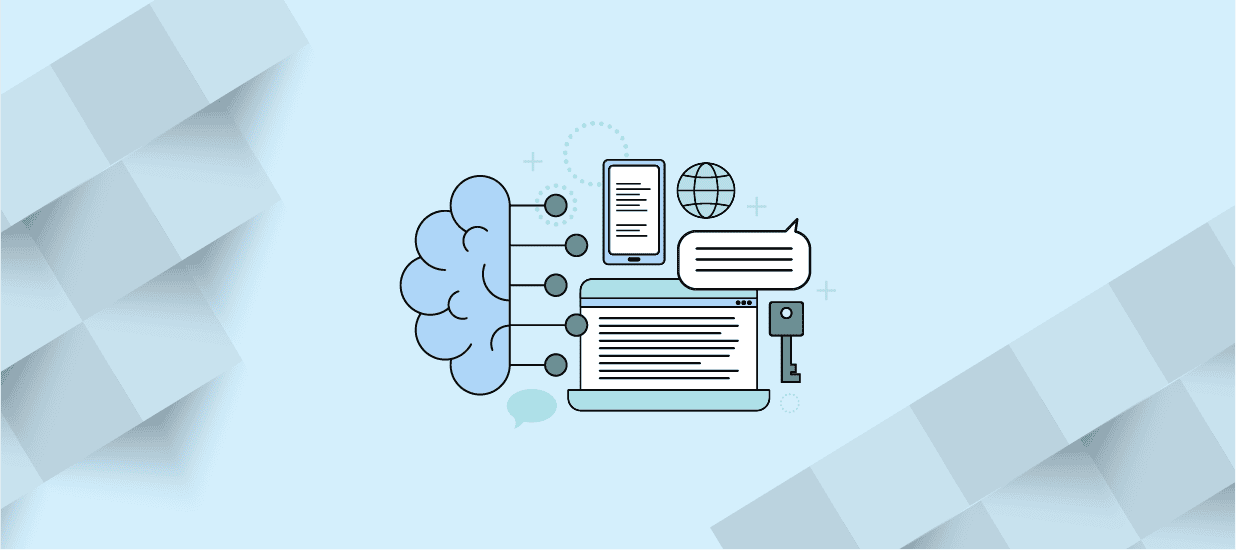Data analytics is the science of evaluating raw data to make outcomes from the data at hand and is crucial for organizations to make informed decisions. Therefore, when data is utilized effectively, businesses gain knowledge from past performance and make better decisions about their future actions.
This article will go through the four primary types of data analytics and how organizations can use them efficiently to drive business outcomes. Each type has a different goal and place in the data analytics process. Understanding how to analyze and extract insights from the data is the primary driver of successful businesses.
Essentially, descriptive and diagnostic analytics are based on analyzing past data, while predictive and prescriptive analytics are making decisions about the future data. It’s important to ask the right questions for each type of analytics to make the most out of the data available and help your organization’s long-term goals.
Descriptive
What happened?
Descriptive analytics is designed to help organizations answer questions about what happened. It looks at data and analyzes insights from the past to apply in the future. Focused on learning from past performance, organizations develop key performance indicators (KPIs) as strategies to help track successes or failures for future decisions.
In addition, descriptive analytics can identify numerous relationships between the product and customers. It is also designed to give businesses the basics of who, what, where, when and how. It provides the key metrics and serves as a foundation to dive deeper into the data.
Below are some common examples of reports organizations use that can provide historical data:
- Data queries
- Reports
- Descriptive statistics
- Data dashboard
Diagnostic
Why did it happen?
Diagnostic analytics is generally used to review historical data to answer questions and find solutions to problems. This type of analytics helps business leaders determine why something happened. Particularly, diagnostic analytics can be of guidance to businesses by helping identify outliers, isolate patterns and uncover relationships.
Diagnostic data is automatically generated by the various advanced systems and tools businesses utilize to drill down the data and discover correlations to answer why something happened. Businesses use this type of analytics to connect the data at hand to identify patterns for future outcomes.
Some of the common techniques businesses use to help review past data are:
- Data mining
- Data discovery
- Correlations
Predictive
What is likely to happen?
Predictive analytics turn the data at hand into valuable insights and determine the likely outcomes of the situation. It’s important to keep in mind, the accuracy of predictive analytics relies heavily on the quality of the data utilized. Therefore, predictive analytics is where organizations turn the outcomes of descriptive and diagnostic analytics into actionable insights that help make informed decisions.
Most of the time, predictive analytics require machine learning and artificial intelligence to find clusters, tendencies and exceptions that help predict future trends. Correspondingly, organizations use this type of analytics to forecast outcomes and predict if they are likely to repeat again.
Organizations use a variety of different techniques that help predict a future situation, below are three ways to get you started:
- Linear regression
- Data mining
- Time series analysis
Prescriptive
What should be done?
Prescriptive analytics is one of the most important analytics organizations aim for, but few are usually equipped to leverage it. The goal of prescriptive analytics is to guide organizations on what actions they need to take to eliminate a future problem.
This type of analytics uses a combination of advanced tools and technology, including machine learning, artificial intelligence and algorithms. In addition, it doesn’t only look for internal historical data but also external information due to the technology and algorithms organizations are using.
Essentially, prescriptive analytics is a combination of the three previous analytics to help organizations determine what’s the best course of action they should take. Henceforth, it’s not just one individual action but a combination of actions.
Below are three benefits of this type of analytics:
- Improves operations
- Manages resources efficiently
- Mitigates risks
Ready to Gain Powerful Business Insights with Data?
Register for our course, Data Science for Business Leaders and learn how to partner with data professionals to uncover business value, make informed decisions and solve problems.
The world of data is moving fast and it’s essential to communicate effectively with data teams so they can provide business insights you can act on.
Author
-

The Pragmatic Editorial Team comprises a diverse team of writers, researchers, and subject matter experts. We are trained to share Pragmatic Institute’s insights and useful information to guide product, data, and design professionals on their career development journeys. Pragmatic Institute is the global leader in Product, Data, and Design training and certification programs for working professionals. Since 1993, we’ve issued over 250,000 product management and product marketing certifications to professionals at companies around the globe. For questions or inquiries, please contact [email protected].
View all posts


